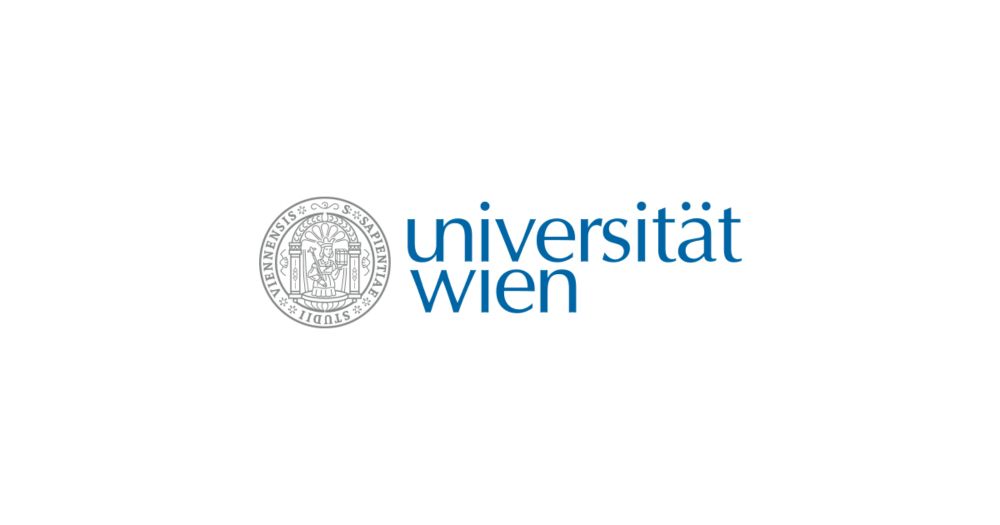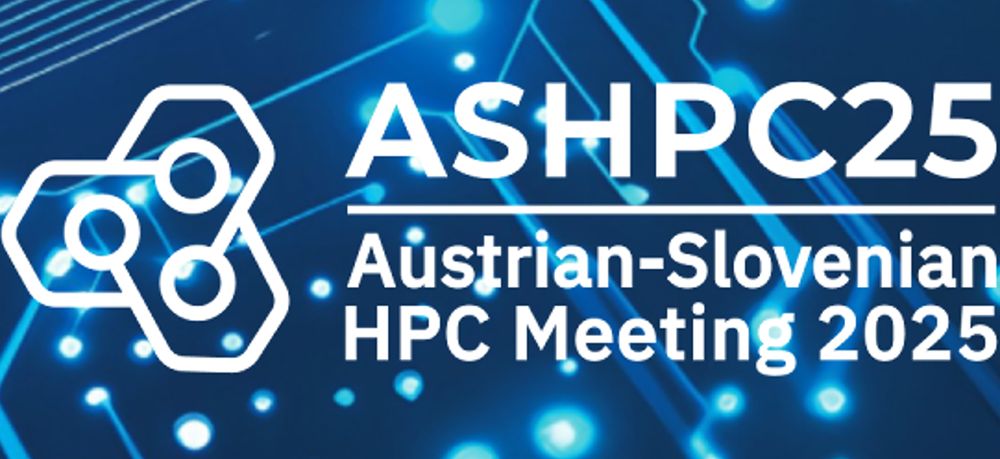Heidi Weinhäupl
@hweinhaeupl.bsky.social
67 followers
110 following
17 posts
SciComm @ Faculty of Earth Sciences, Geography and Astronomy @univie.ac.at, Austria / interested in 🌍🌿#anthropocene, #astrophysics, #anthroposphere, #equality, #diversity in science, #SocialAnthropology #Ecuador
Posts
Media
Videos
Starter Packs
Heidi Weinhäupl
@hweinhaeupl.bsky.social
· May 20
Heidi Weinhäupl
@hweinhaeupl.bsky.social
· Apr 22
Heidi Weinhäupl
@hweinhaeupl.bsky.social
· Apr 22
Reposted by Heidi Weinhäupl
Reposted by Heidi Weinhäupl
Reposted by Heidi Weinhäupl
Heidi Weinhäupl
@hweinhaeupl.bsky.social
· Nov 29
Reposted by Heidi Weinhäupl
Marcus Wadsak
@marcuswadsak.bsky.social
· Nov 29

Zwölf Prozent weniger Emissionen im Vorjahr
In Wien sind die Treibhausgasemissionen 2023 um fast zwölf Prozent gegenüber dem Jahr davor gesunken. Das zeigen Daten der Nahzeitprognose („Nowcast“) des Umweltbundesamts. Die Reduktion ist fast dopp...
wien.orf.at



























